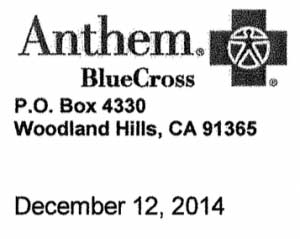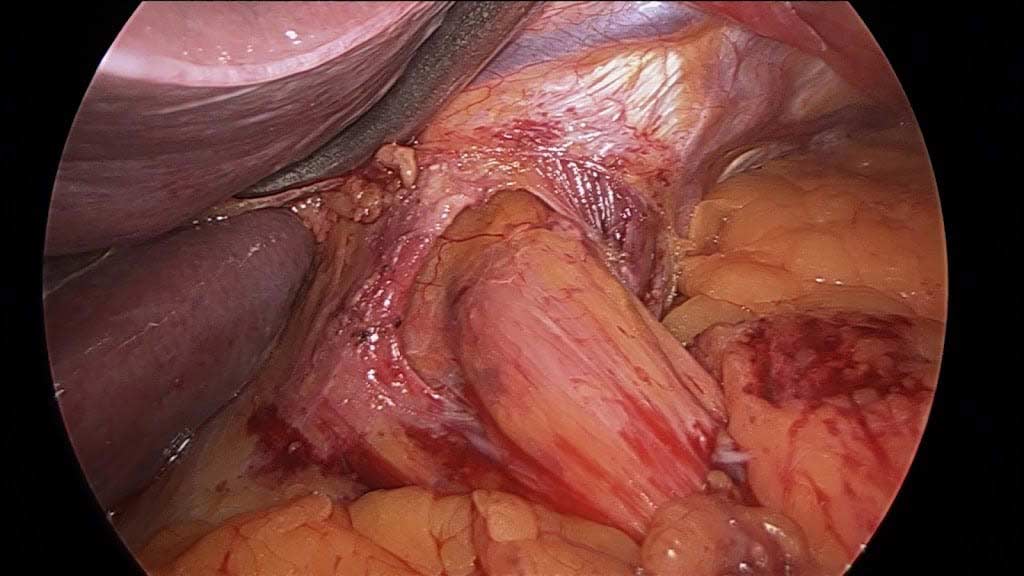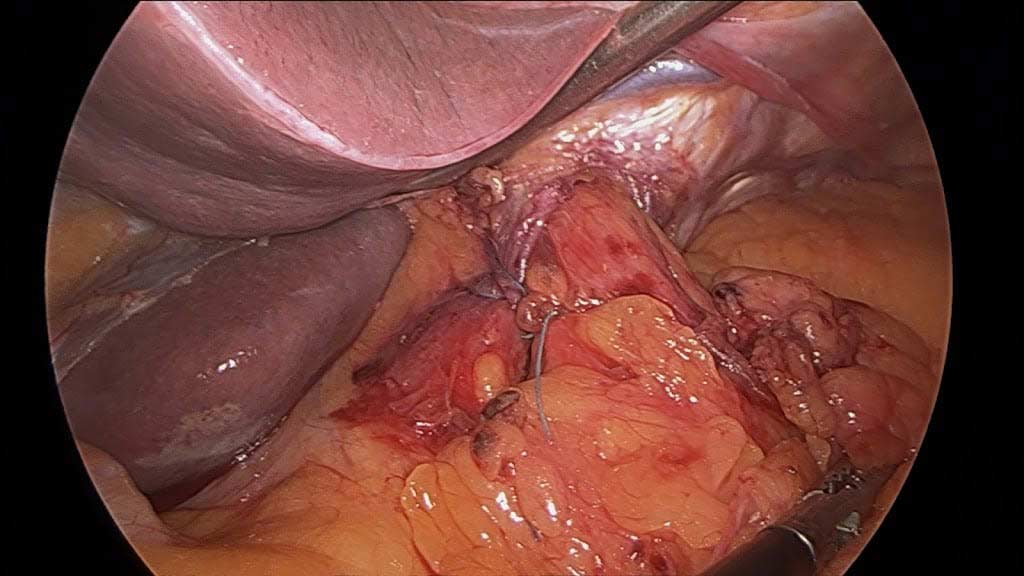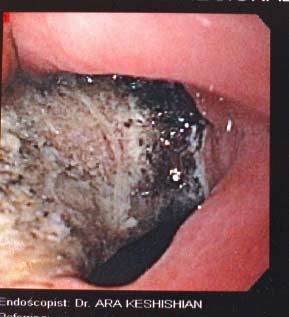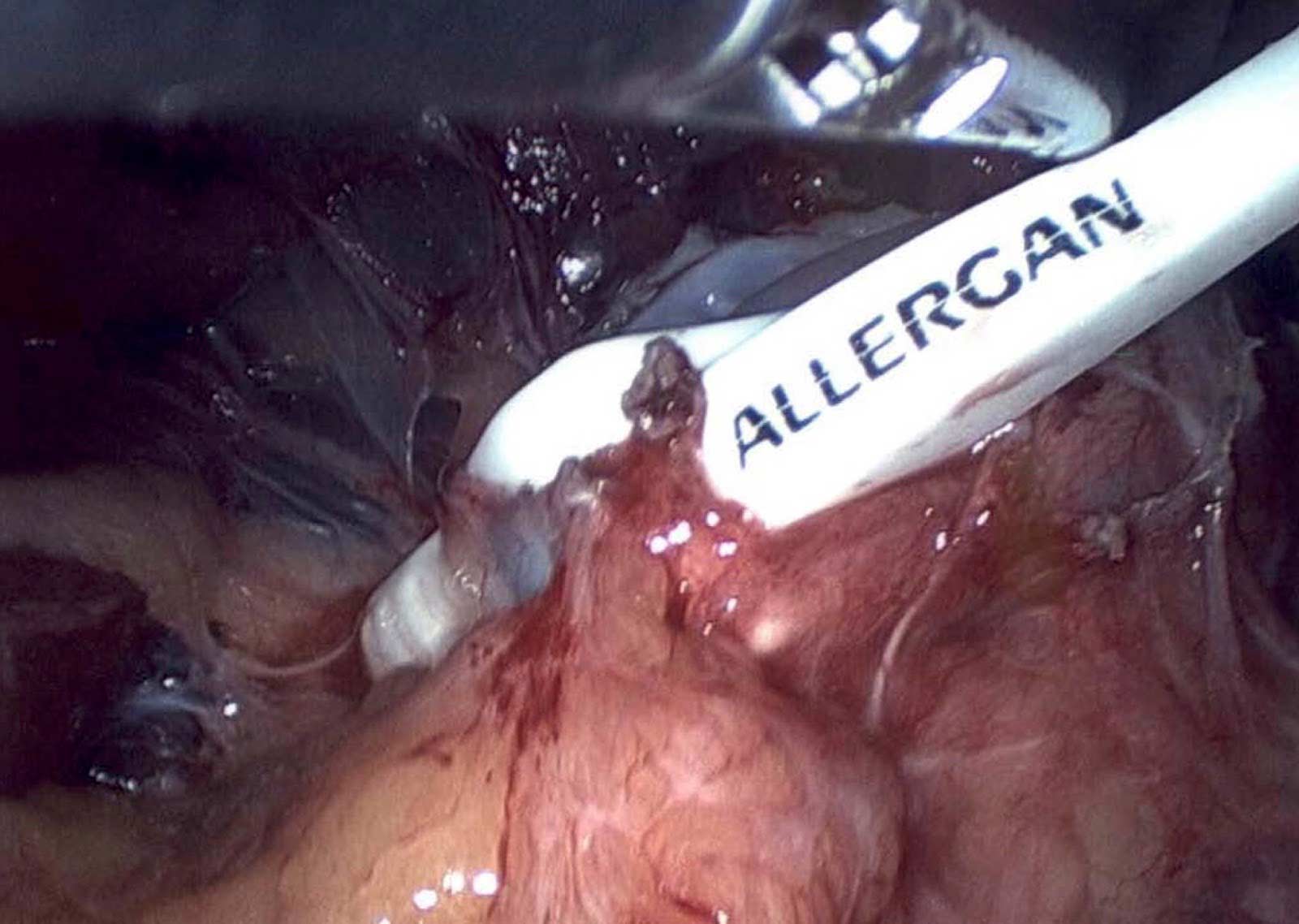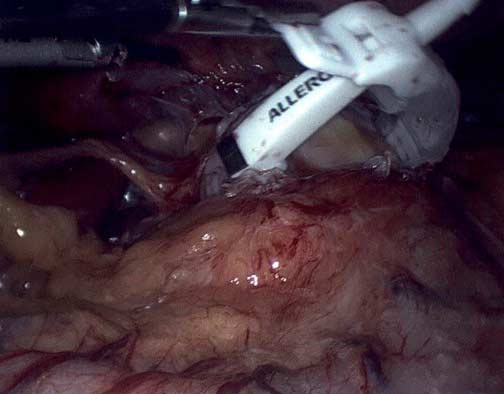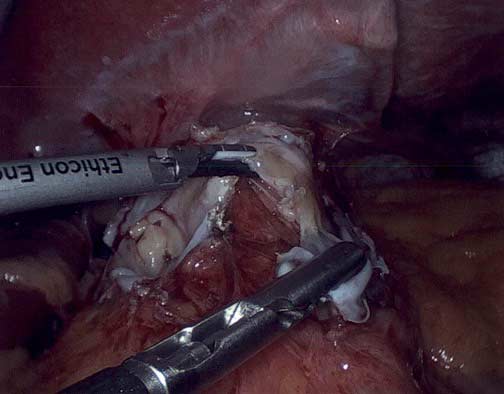Weight loss Surgery Coverage Changes
January 20, 2015 10:30 pm
Weight loss surgical procedures have been proven to be the only viable option for sustained weight loss when compared to all other modalities, including diet, exercise, behaviors modifications, appetite suppressant, and other less scientific approaches. Different weight loss procedures have had varying degree of success as measured with resolution of the co-morbidities and long term weight loss.
One such specific modification in policy involves primary and revision weight loss surgery.
These policy changes have significant practical implications for those seeking surgical treatment for morbid obesity and associated co-morbidities.
First of all, they create a road block for those patients who are not able to provide documentation for the “…6 continuous months, in the 2 years prior to surgery, to enable both behavioral changes and adequate assessment of anticipated postoperative dietary maintenance.” It also places the responsibility on the surgeon by requiring that compliance with these requiremens are “…. fully appraised and documented by the physician requesting authorization for surgery.”
For all those who are not in California, please note that a lot of policies do start here and propagate to the rest of the country. I would propose that everyone take time to contact their state health insurance providers regulatory agency and voice their opposition to the proposed changes.
The state regulatory agencies are located here. (https://www.dsfacts.com/image-files-new/agencies-by-state.pdf)
Hiatal Hernia Repair- Reflux and Adjustable Gastric Band Revision
January 14, 2015 3:47 pm
Hiatal Hernia is an anatomical weakening or enlargement of the opening in the diaphragm where the esophagus meets the stomach. The defect can allow a section of stomach to slide or roll into the chest cavity. This causes the reflux of stomach content back to the esophagus. Esophageal Reflux may also be occur without the presences of a Hiatal hernia. It is reported that approximately 60% of people over 50 have a Hiatal hernia with about 9% being symptomatic.
However, over the years we have also noticed a significant increase in reflux disease in patients who have had adjustable gastric band placed. Quite frequently the reflux symptoms after the band is ” blamed” on the patient’s eating habit. Most of the time all studies are reported as “normal” and the complaints are discounted. Other symptoms of Hiatal hernia may or may not include shortness of breath, heart palpitations, or a feeling of food being stuck.
It is important to confirm the presence or absence of a hiatal hernia when considering revision from an adjustable gastric band procedure. Any hiatal hernia identified either before surgery or at the time of the operation will need to be repaired surgically.
With a hiatal hernia repair, the opening is made smaller, and the esophagus, stomach and the junction between them is returned to the proper location to minimize-eliminate reflux.
2015 Back on Track or A New Start after Weight Loss SurgeryExclusive Member Content
January 08, 2015 8:37 pm
Hernia Repair And Weight loss surgery
December 22, 2014 3:35 pm
Patients having weight loss surgery (WLS) either primary or revision are sometimes also diagnosed with having a hernia. Whether a hernia can be repaired concurrently with WLS or not, depends on the type of the hernia and also type of weight loss surgery.
The 2 most common hernias encountered in weight loss surgical patient’s are 1.Ventral (incisional), or 2. Hiatal hernias. Ventral hernia refers to defects or weaknesses of the abdominal wall. If this involves a previous midline incision then an incisional hernia is diagnosed. These hernias may present with any or all of the following findings; protrusions or bulging of the anterior abdominal wall tissue through the abdominal muscle cavity, abdominal pain, and nausea and/or vomiting.
Hiatal hernias are located inside the abdominal cavity at the junction of the esophagus and the stomach at the level of the diaphragm. This condition is where the upper portion of the stomach this is usually located in the abdominal cavity has migrated through the esophageal hiatus into the chest cavity. These hernia’s usually present with reflux, episodes of nausea and are quite frequently seen in patients with experienced complications of the LAP-BAND.
The surgical treatment of these hernias are very different:
Ventral hernia repairs may require mesh placement. There are different mesh products that are available. Some are made with non absorbable material and other are absorbable- biologic material that last long enough to allow incorporation by the patients own tissue. In general, when a mesh is used, the incidence of hernia recurrence goes down significantly. However, there is an increase in complications associated with the use of mesh. These may include infection of the mesh, indications of synthetic material, and serum and rejection indications of non synthetic material. To add another layer of complexity, when the hernia is encountered at the time of weight loss surgery, especially when the GI track has to be opened ( in the case of duodenal switch, revision from a failed gastric bypass with a duodenal switch) then it is recommended that no mesh be placed because of the high incidence of mesh infection or the associated complications. In extreme cases where the abdominal wall cannot be closed, biologic meshes may be used with the understanding that a repeat hernia repair may be required at a later date.
In my practice, Hiatal hernias are always repaired at the time of the weight loss surgical procedures. Depending on the type of the weight loss surgery the patient has had previously, the type of the hernia repair, and whether or not a mesh needs to be utilized, and the amount of stomach and fundus remains for the repair, will dictate how the Hiatal hernia is repaired.
Additional information regarding hernias in a newsletter.
Erosion of Gastric Band
November 30, 2014 5:03 pm
Gastric bands are restrictive rings placed around the top part of the stomach, close to the junction of the esophagus. Their mechanism of action is to create a small tight band to restrict the flow of the food into the stomach. The theory has been that the band will decrease the time food travels down past the narrowing thereby eating less with the end result of weight loss. One of the many complications from the band is erosion of the band into the lumen of the stomach. This results in the patient presenting with nausea, vomiting and some patients develop abdominal accesses. This may present itself with symptoms of abdominal pain, fever, and redness at the port site under the skin.
The treatment for this is urgent removal of the band and repair of the erosion/ulceration. Patients who are contemplating a revision to another weight loss surgical procedure are best advised to stage the procedure because of the potential for leak from the repair site. Almost all of these procedures can be done laparoscopically.
Adjustable Gastric Band Easily Reversible?
November 24, 2014 3:25 pm
The Adjustable Gastric Band (AGB) procedures have been advertised as “easily reversible” minimally invasive procedures. A point of interest is why doesn’t anyone ask the question, “Why would a successful device and/or procedure need to be revised or removed?”
The long term success data shows that the AGB procedure is the most inferior of all bariatric procedures. It is important, that when looking at the published data, special attention is given to the definitions in that particular study. An example would be that if a study defines “successful outcomes as weight loss for 30 days!” then all procedure will be successful.
The following is an example of a patient who had the Lap Band (R) a several years ago in another institution. She was seen for surgical follow up with minimal weight loss over a short period of time. She then developed the typical complications of the band, namely the upper abdominal pain, reflux, inability to swallow solids, persistent nausea and vomiting. Her symptoms were all “worked up” and was told that all the studies were normal. All of her symptoms were contributed to her eating habits, even though they persisted after the Lap Band (R) was completely empty.
The patient then presented n our office for a second opinion. After being seen in our office and having a full work up, she had the Lap Band removed and was revised to a Laparoscopic Sleeve Gastrectomy. She had complete resolution of all of her prior presenting symptoms.
Holiday Survival Tips by: Marylin Calzadilla, Psy.D.
November 17, 2014 8:23 pm
REFLECT
SUPPORT, SUPPORT, SUPPORT
ALLOWANCES
KEEP ACTIVE
CREATE
PLAN ACTIVITES
Marylin Calzadilla, Psy.D
Shared Success Story: Krystal U. Had a LapBand to Duodenal Switch Revsion
November 13, 2014 6:23 pm
Another amazing and emotional success story by Krystal Unruh. Krystal we celebrate you and your successful LapBand to Duodenal Switch revision. Thank you for sharing with us all.
Optimizing Pre-operative Health Status
November 12, 2014 1:23 pm
- Maintaining a healthy diet
- Cessation of ALL tobacco and alcohol use
- Do not use NSAIDS prior to surgery or after surgery until cleared by surgeon
- Getting plenty of rest
- Staying Hydrated
- Pulmonary embolus prevention exercises such as ankle circles and point and flex toes
- Maintaining or starting a regular activity level. Any amount of increase in activity will benefit you after surgery. Walking, squats, lifting weights with arms
- Full laboratory blood studies and vitamin levels as ordered by the surgeon
- Start and optimize your vitamins, calcium and other mineral and supplements. Vitamin D deficiency increases surgical complications. (Another Vitamin D article)
- Manage preexisting health conditions (diabetes, sleep apnea, high blood pressure etc..) Follow instruction in regards to what medication to stop or continue before surgery i.e. Aspirin, blood thinners, medications that interfere/interact with anesthesia, etc.
- Two forms of Birth Control if indicated.
Mental preparation:
- Have a clear understanding of the procedure
- Study all information provided to you regarding your surgery
- Remember that surgery is one of many tools to assist in weight loss and improved health. It does not fix other issues.
- Realistic expectation of the outcome of surgery
- The role of family involvement for support
- Be prepared with all the purchases for the post operative diet, vitamin and mineral supplements.
- There is also a number of other variables that will improve the long term outcome of the weight loss surgery:
- Investigate Protein Supplements for the highest bioavailability
- Try and eat whole, unprocessed foods
- Read labels on all food items
- Look for high protein recipes
- Network with supportive people who will provide a positive influence
- Long term success also depends on:
- Maintain daily protein requirements
- Maintain daily vitamins, calcium, minerals and other supplements
- Routine follow up with your bariatric surgeon.
- Routine laboratory studies to surveil vitamin and mineral levels.
- Get your medical advice from your surgeon.
- Get suggestions from other patients. Do not confuse this with medical advice.
Shared Success Story: Patricia Y. Had a LapBand to Duodenal Switch revision
November 04, 2014 3:16 am
Patricia’s success story is truly inspiring and emotional. Please take a moment to celebrate her success by watching video about her journey and revision from LapBand to Duodenal Switch. Thank you Patricia for sharing you journey with us.

